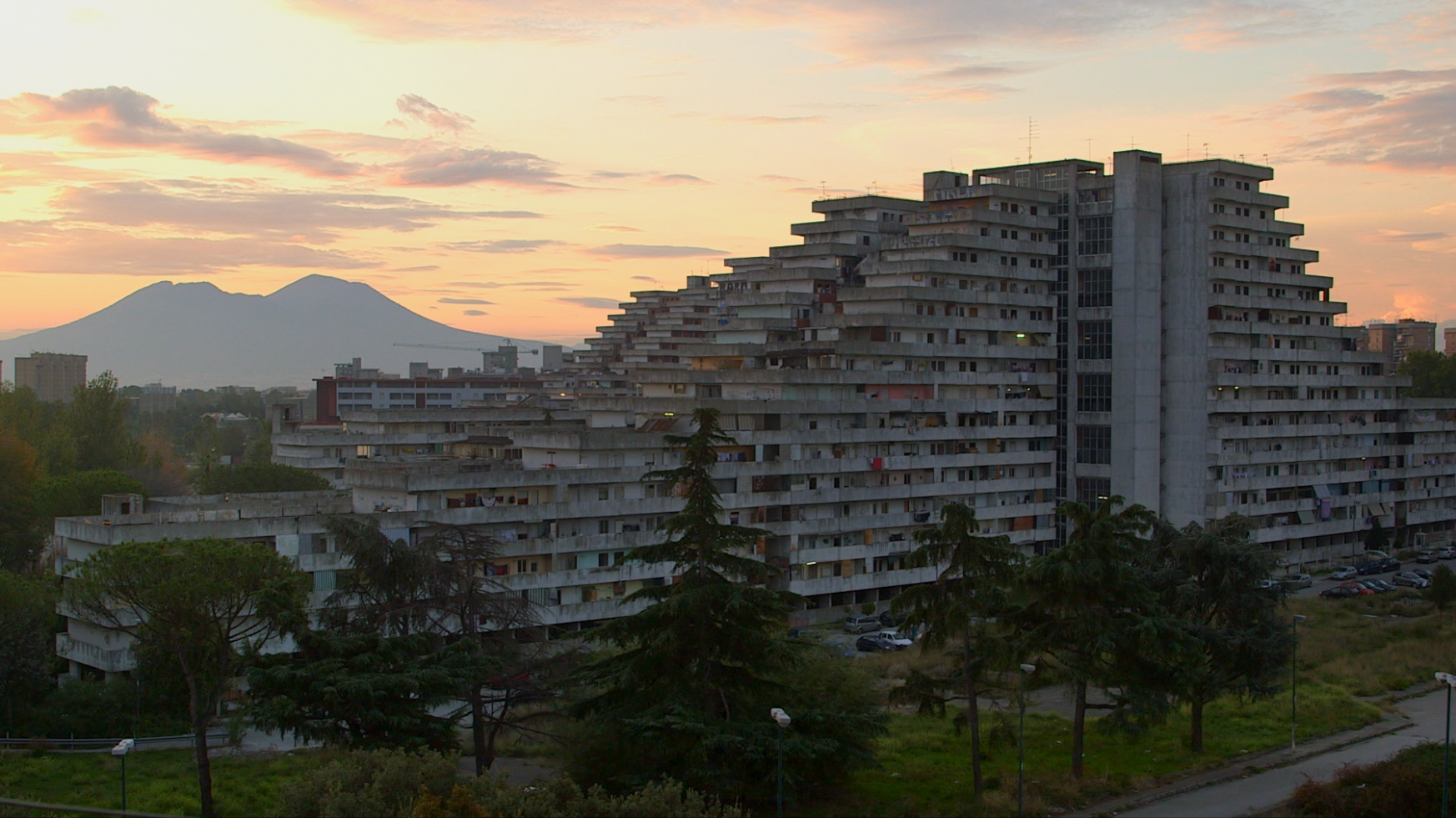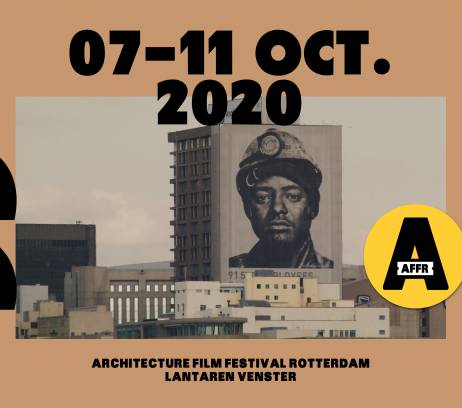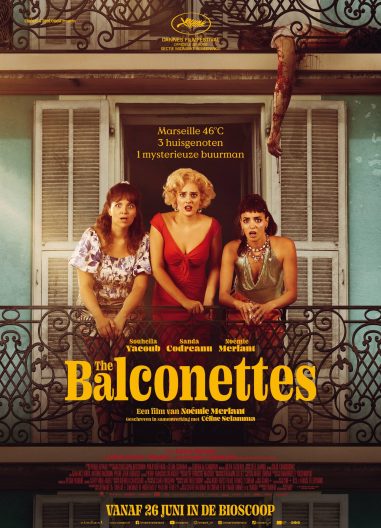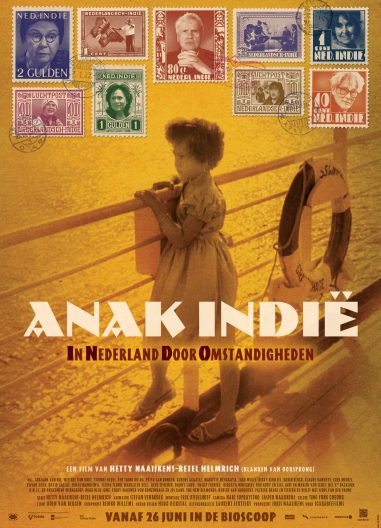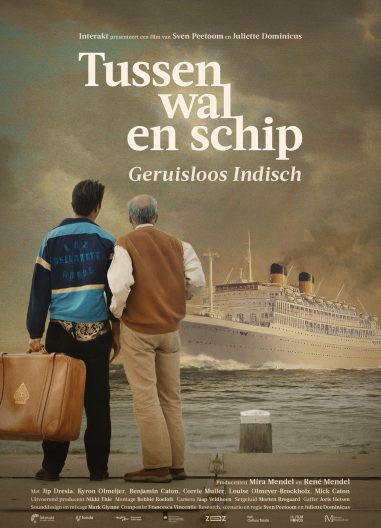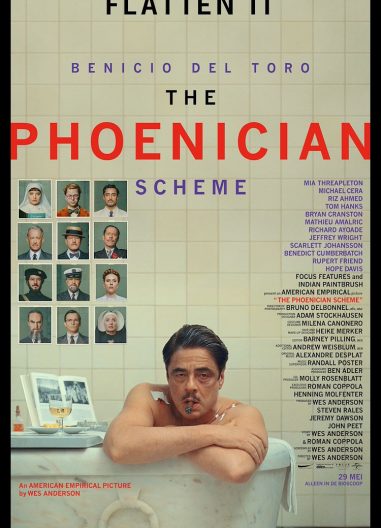La Nave
Als setting van de beroemde maffiafilm Gomorra zijn Le Vele di Scampia synoniem geworden voor criminaliteit, drugsmisbruik en moord. Franz Di Salvo’s oorspronkelijke ontwerp voor de vier gigantische galerijflats in Napels beloofde echter een woningbouwproject waarin sociale cohesie centraal stond. Het gebruik van slechte constructiematerialen en een gebrek aan infrastructuur veranderden het utopische ontwerp in een dystopie. In zijn eerste documentaire La Nave toont de Rotterdamse fotograaf Hans Wilschut dit gedoemde project in een nieuw licht. Bewoners vertellen over hun haat, maar ook hun liefde voor Le Vele. De sloop die in 2016 werd aangekondigd, is niet de oplossing, maar toch lijkt dit lot onafwendbaar.
As the setting for the famous mafia film Gomorra, the Le Vele di Scampia housing project has become synonymous with crime, drug abuse and murder. Franz Di Salvo’s design for the four gigantic gallery-access blocks of flats in Naples was originally hailed as a housing project that would enhance social cohesion. But poor construction materials and a lack of infrastructure turned the utopian design into a dystopia. In La Nave, his first documentary, Rotterdam photographer Hans Wilschut takes a fresh look at this doomed project. Residents talk about their hatred as well as their love of Le Vele. The demolition announced in 2016 is not the solution, although this fate seems inevitable.
Kies tijdstip
- filmspecial
Als setting van de beroemde maffiafilm Gomorra zijn Le Vele di Scampia synoniem geworden voor criminaliteit, drugsmisbruik en moord. Franz Di Salvo’s oorspronkelijke ontwerp voor de vier gigantische galerijflats in Napels beloofde echter een woningbouwproject waarin sociale cohesie centraal stond. Het gebruik van slechte constructiematerialen en een gebrek aan infrastructuur veranderden het utopische ontwerp in een dystopie. In zijn eerste documentaire La Nave toont de Rotterdamse fotograaf Hans Wilschut dit gedoemde project in een nieuw licht. Bewoners vertellen over hun haat, maar ook hun liefde voor Le Vele. De sloop die in 2016 werd aangekondigd, is niet de oplossing, maar toch lijkt dit lot onafwendbaar.
As the setting for the famous mafia film Gomorra, the Le Vele di Scampia housing project has become synonymous with crime, drug abuse and murder. Franz Di Salvo’s design for the four gigantic gallery-access blocks of flats in Naples was originally hailed as a housing project that would enhance social cohesion. But poor construction materials and a lack of infrastructure turned the utopian design into a dystopia. In La Nave, his first documentary, Rotterdam photographer Hans Wilschut takes a fresh look at this doomed project. Residents talk about their hatred as well as their love of Le Vele. The demolition announced in 2016 is not the solution, although this fate seems inevitable.

